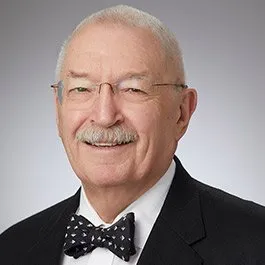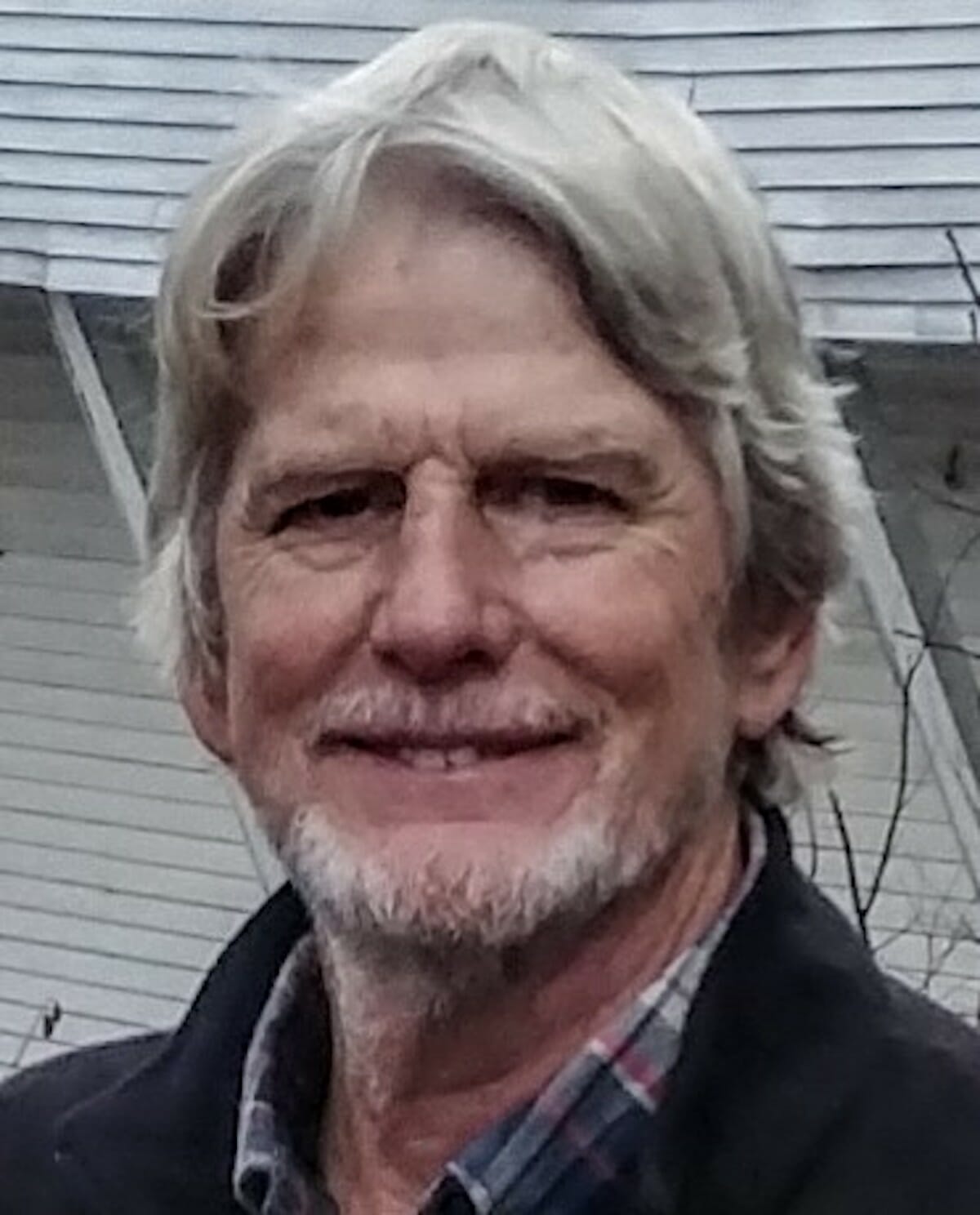By Scott Graber
It is Sunday, early, and it is raining. My son and his wife are sleeping upstairs — having driven in yesterday from Connecticut. I’m at the dining room table looking at our rain-soaked deck and hoping the rain will depart.
In the meantime I’ve been reading about the remarkable growth of Austin, Texas (New Yorker, February, 2023); and the complete transfiguration of this small city into a refuge for super-wealthy technocrats from Silicon Valley.
For years Austin has been portrayed as a college town — a young town with its own music, Tex Mex cuisine and a left leaning demographic that holds the Texas Legislature in contempt. If there was a persona that personified Austin it was Willie Nelson. The New Yorker article is fair commentary on the changes in scale (more skyscrapers); changes in income (more rich people) and the elimination of any distinctiveness or regional authenticity.
“People moved to Austin because of what the city was — but, in the act of moving, they helped obliterate that history. Treasured music clubs were raised to make room for apartments and office buildings. The once crystalline Barton Springs became clouded by runoff from development. The dignified capital was shadowed by glassy towers that reflected the Texas sun, making sidewalks sizzle. Traffic and crime and other big city stressors made the old days appear more glorious than they actually were.”
When I was in my 20s, there were small cities — Asheville, Taos, Santa Fe, Austin and others — that were known to be different, distinctive, a magnet for young drifters who wanted some adventure before settling-down into marriage and a mortgage.
These places were characterized by candle, sandal and pachouli-scented shops; vegetarian restaurants and guys with a harmonica around their neck and an acoustic guitar cradled in their calloused hands. In the 70s and 80s there was a fair amount of marijuana clouding Wall Street (Asheville) and hundreds of Joni Mitchell and Judy Collins’ wannabes doing “Some Day Soon” atop the Old Mill in St. Augustine.
Beaufort never really got into this “different destination” category — although we tried to market our Gullah speaking people as a reason to visit. But there was an evolution here, in Beaufort, that started with Pat Conroy’s “The Water is Wide” in 1972.
“The Water is Wide,” hovering somewhere between nonfiction and fiction, was set on Daufuskie Island. It featured Conroy’s effort to teach its innocent, unsullied, Third World children — children largely ignored by the School Board.
During these years there was a smattering of tourists who wandered through the Old Point. But it was still a working neighborhood, many of the antebellum homes divided into small apartments housing young pilots flying the F-8 Crusaders at the Air Station.
All of that changed in 1983 when the Old Point got an unexpected shot of adrenaline from the movie “The Big Chill.” Millions of Americans fell in love with the old houses, resurrection fern and the Spanish moss. It did not hurt that the scenes were backed up by the Temptations (“Ain’t Too Proud to Beg”), Three Dog Night (“Joy to the World”) and Aretha Franklin (“You Make Me Feel Like a Natural Woman”).
“The Big Chill” was followed by Pat Conroy’s masterwork made cellulose — “Prince of Tides” — featuring Barbra Streisand and Nick Nolte. Once again Beaufort and the Point were presented to the world. One could almost hear the whispered (movie) conversations, … “You know Babs, I could almost see us living in that little town in South Carolina.”
I’m not sure when the horses arrived — and the carriage tour wars erupted — but now folks were walking (or riding) through The Point wanting to see the “Big Chill House;” the house Barbra Streisand rented; the house featured in “Forces of Nature.” I’m sure that Robert Smalls got a mention during these tours, but Reconstruction was not yet on anyone’s radar.
Mayor Billy Keyserling put Reconstruction on his agenda; and because of that energy he got The Point (and other parts of Beaufort) designated as a Reconstruction Era National Historical Park. A part of that plan was to make the Smalls house on Prince Street central to that story. But that notion ran into Cynthia Jenkins and her belief that The Point is still a neighborhood that should not go the way of degraded neighborhoods in Charleston and Savannah.
Beaufort wants its history, its distinctiveness and sales tax dollars from thousand of tourists. But Beaufort has discovered “You Can’t Always Get What You Want” (The Rolling Stones).
Scott Graber is a lawyer, novelist, veteran columnist and longtime resident of Port Royal. He can be reached at cscottgraber@gmail.com.







